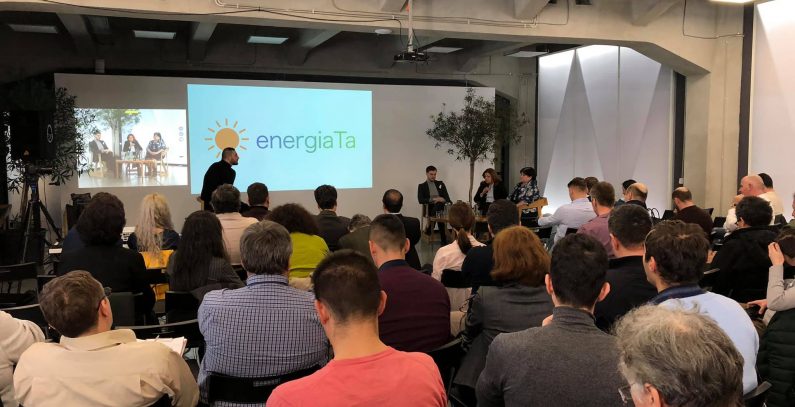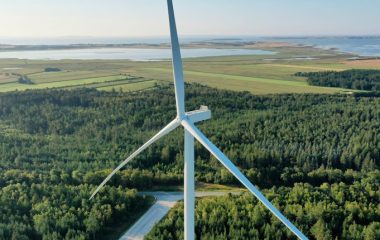
Photo: energiaTA
Romania’s Environmental Funds Administration plans to run a program in March-April to offer up to EUR 115 million in European funds to prosumers to encourage the adoption of solar energy.
The program to offer subsidies of up to EUR 4,200 per prosumer was discussed at a recently held conference that brought together representatives of the Romanian Energy Regulatory Authority, the Environment Fund Administration, and power companies, according to a press release from the organizer, energiaTa (YourEnergy), a Romanian initiative launched three years ago to make prosumers a reality in Romania and to accelerate the transition to a green economy.
The subsidies, which are to cover a maximum of 90% of project costs, will finance the procurement and installation of solar energy systems.
Topics discussed at the First Conference of Romanian Prosumers, which brought together 150 energy prosumers, utility companies, photovoltaic (PV) suppliers, and central authorities, covered regulations prepared by the Romanian Energy Regulatory Authority (ANRE) in the context of the European legislation, the technical requirements and equipment certification by electricity transmission system operator (TSO) Transelectrica, and procedures of three energy distributors on the market – Enel X, Distributie Oltenia, and Electrica.

The subsidy process requires the involvement of contractors, which have to be validated by the Environment Fund Administration. The submission period for the contractors lasts until March 15, 2019, with 107 contractors having applied so far, according to the press release, which notes that beneficiaries can apply for the subsidies only through validated contractors.
The list of the validated contractors is to be published on the Environment Fund Administration site. The selection of those who applied will be made on a first come, first served basis.
The regulatory framework to introduce prosumers in Romania was completed at the end of December. Starting from January 1, 2019, Romanians can produce electricity using PV systems and feed the surplus to the grid, for which they are paid EUR 0.047 per kWh.
“For three years we have worked to make prosumers a reality in Romania, and today it is possible. In the next period we are going to launch the Prosumer’s Guide, and also to contribute to the simplification of the authorisation process and reducing of VAT for the products and services in the energy market for prosumers. In the medium term we hope to get to 100,000 prosumers in Romania, and in the long term, until 2050, we hope for Romania to function 100% on energy from renewable resources,” said Mihai Toader-Pasti, co-founder of energiaTa and president of the Future Energy Leaders Romania.









Be the first one to comment on this article.